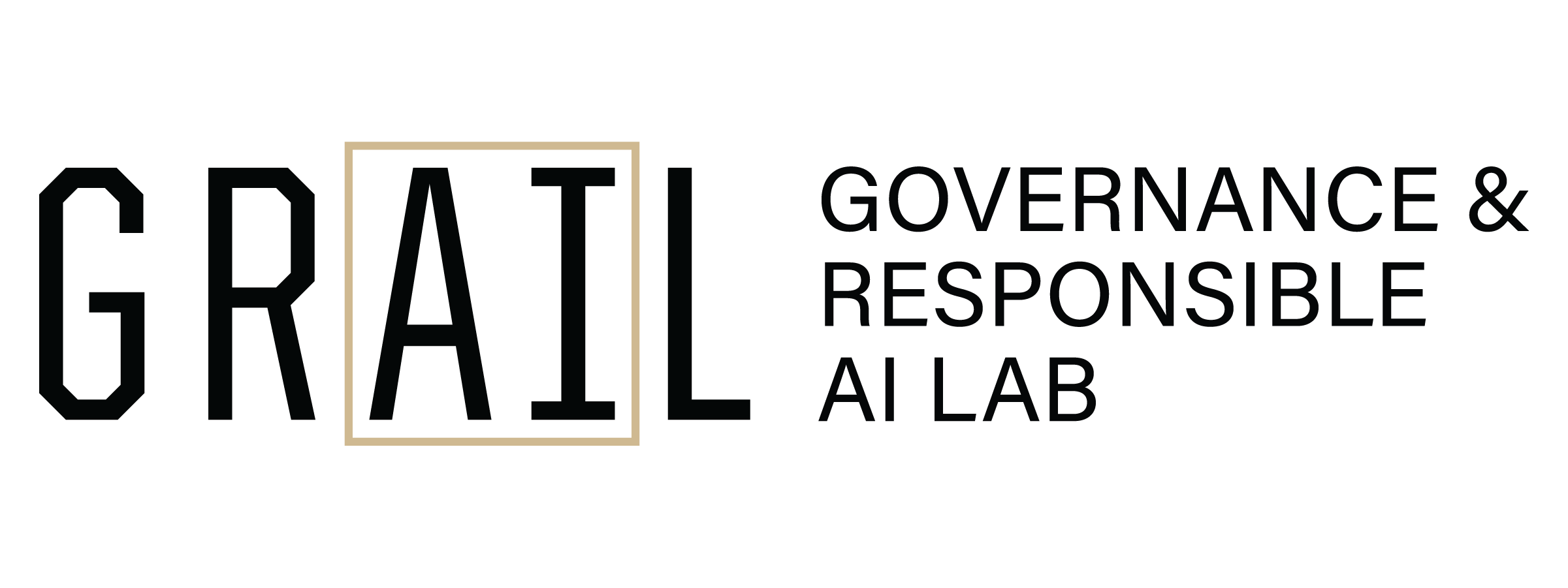
Digital transparency and citizen participation: Evidence from the online crowdsourcing platform of the City of Sacramento
This study investigates how digital transparency affects citizen participation in online crowdsourcing, focusing on Sacramento’s 311 platform. Using PSM-DID analysis, it finds that increased digital transparency boosts short-term participation, with effects varying across socioeconomic groups.
Executive Summary
This paper examines the relationship between digital transparency and citizens' participation in government activity, specifically, online crowdsourcing. Many local governments have enhanced service transparency by disclosing and sharing information of government activities in digital format. These digital-driven transparency mechanisms often introduce interactive, tailor-made, and user-generating features to online government platforms. This paper explores the efficacy of digital transparency on citizens' participation in online crowdsourcing activities and its heterogeneous influences on various socioeconomic groups. Using the Propensity Score Matching and Difference-in-Differences (PSM-DID) method, this study analyzes the impact of digitized information disclosure to citizens' participation in Sacramento 311, an online crowdsourcing platform. It is found that enhancing digital transparency promotes citizens' participation in online crowdsourcing activities. Furthermore, results suggest that the influence of digital transparency on citizen participation is short termed and varies across communities of different socioeconomic conditions.
